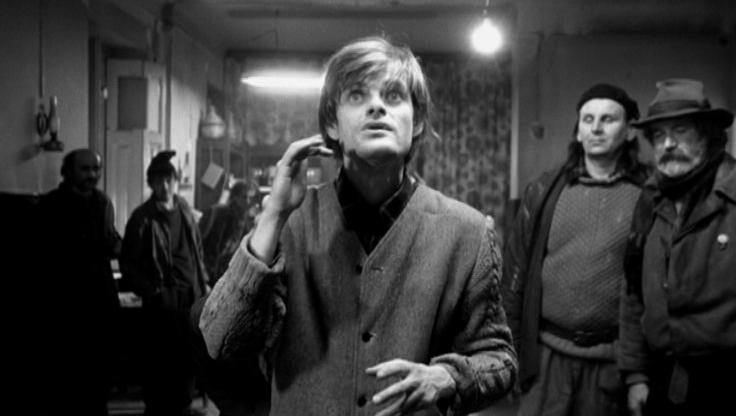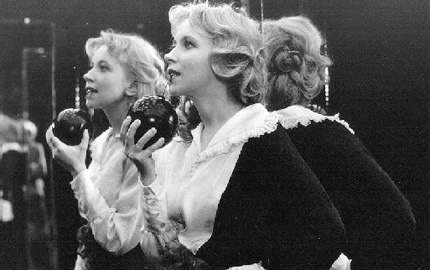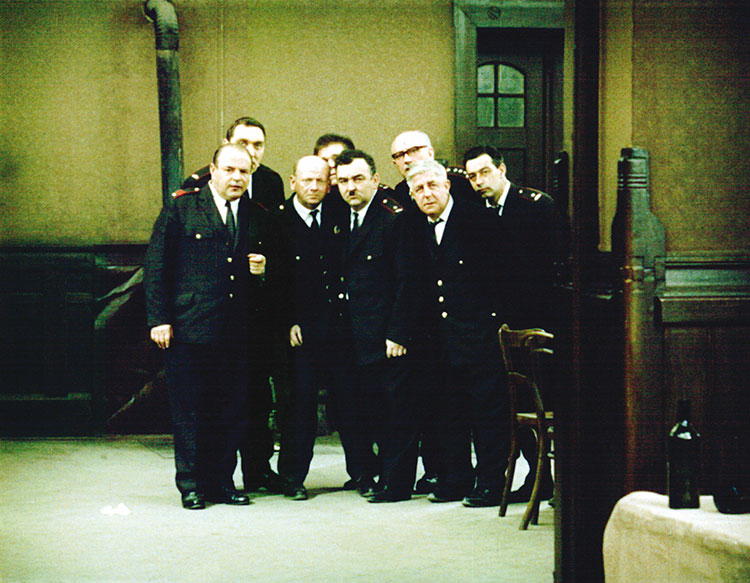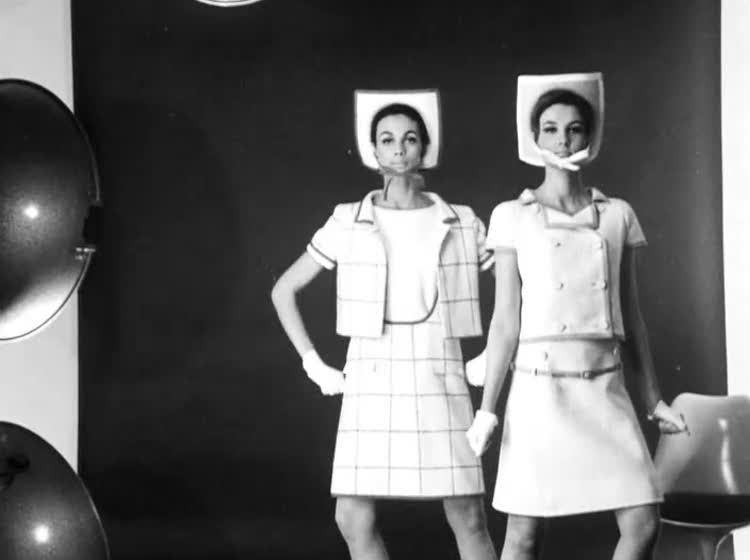5. Werckmeister Harmonies (2001)

Bela Tarr’s Werckmeister Harmonies is a meditative requiem for the possibilities of socialism that ultimately failed in Tarr’s homeland of Hungary.
Through the use of allegory, both in terms of the filmic image as well through dialogue, Tarr focuses on the history of post-war Hungary and the empty promises of socialism and the looming threat of neoliberalism. Bela Tarr has stated that his filmmaking is less about narrative and more about the dispensation of a universality:
“I don’t care about stories. I never did. Every story is the same. We have no new stories. We’re just repeating the same ones. I really don’t think, when you do a movie that you have to think about the story. The film isn’t the story. It’s mostly picture, sound, a lot of emotions. The stories are just covering something.” this echoes an earlier piece by Lukacs from “Tactics and Ethics” in 1919:
“Science, knowledge, can indicate only possibilities — and it is only in the realm of the possible that moral, responsible action, truly human action, is itself possible”
In this way both Lukacs and Tarr understand that an intellectual framework only indicate the objective reality underlying assertions, in distilling the subjective down to its base as a primarily sense-based information system for a human being, they attempt to uncover the truth underneath the rhetorics whether it be an academic or narrative one.
4. My 20th Century (1989)

Ildiko Eynedi’s My 20th Century is another Hungarian work that speaks to the influence of Lukacs’ philosophy upon Hungarian art. The film uses montage and juxtaposition in a way that brings to mind Eisenstein or perhaps Vertov, in that through the use of mirrored montage we are given information about the differences between the two twins within the film that is non-dialogic but not external to the diegesis of the film.
It succeeds in not idealising the presentation of its cinematic world, but rather seeks to render objectivity from it, almost as though it were seeking the affirmation of Lukacs’ philosophies.
It seems at first, a replication of modernist aesthetic, however when taken into the fold of Lukacs’ artistic criticism we can see that Eynedi is keen on not only rendering the subjective experience of her characters throughout their lives but also with rendering the external forces that shape their experience.
By juxtaposing the intimacies of the two sisters with the beginnings of the electrical age (through jump-cuts to images of Edison creating the lightbulb), we begin to understand the way in which me are connected, however remotely to every human action around us.
Like Tarr, Eynedi uses the allegory of black and white lighting to allude to the notion that life is made up of juxtapositions between the internal and the external. It truly is a film unlike many others of similar theme, and for that reason should be noted for the strength of its cinematography and its deep understanding of the human story.
3. Red Dawn (1984)

John Milius’ Red Dawn is a perfectly crafted anti-communist, pro-American borderline propaganda film, however its use of popular culture and pro-American ideology confirms the auspices of Lukacs’ theories that pro-statist media is used to harness popular appeals for the continuation of neoliberalist policy in fears of personal and collective destruction. He writes in “The Stance of the Proletariat”:
“We see further that to view the machine thus is to distort its true objective nature by representing its function in the capitalist production process as its ‘eternal’ essence, as the indissoluble component of its ‘individuality’.”
This is what Milius is doing either unconsciously or consciously, prescribing the capitalist state with a sort of “eternal essence” (As Lukacs calls it), which is infallible in that threatening it means both the destruction of the state and the destruction of its people.
In doing so, the emotions of the audience can be harnessed to continue the propagation of these sentiments in a cyclical fulfillment of this ‘eternal essence’.
By promoting the potential of a threat to capitalist production and the bourgeois statists, Milius (again, perhaps unconsciously) reaffirms the the legitimacy of the capitalist system.
Red Dawn is perhaps the best example of American media being used to counter the subversion of its own artists and people. It’s sheer urgency and apocalyptic tone speak to the desire of the capitalists and their sympathizers to retain control over the demands of the people toward de-escalation with Communist bloc during the Cold War-era.
2. Firemen’s Ball (1967)

Milos Forman’s Firemen’s Ball speaks to the critiques of corruption within the Eastern bloc during the Cold War. Here, Lukacs had commentary too, particularly concerning the rise of corruption during the Stalinist era and the lack of reform that took place following his death. Lukacs spoke of the limits and challenges of bureaucracy in 1971:
“Without a genuine general theory of society and its movement, one does not get away from Stalinism. Stalin was a great tactician… But Stalin, unfortunately, was not a Marxist… The essence of Stalinism lies in placing tactics before strategy, practice above theory… The bureaucracy generated by Stalinism is a tremendous evil. Society is suffocated by it. Everything becomes unreal, nominalistic. People see no design, no strategic aim, and do not move… We must learn to connect the great decisions of popular political power with personal needs, those of individuals.”
Though Forman made the film in Czechoslovakia in 1967, this concept of a stifling and corrupt bureaucracy rang true well across the Soviet bloc. The film depicts inept and slothful city planners foregoing their duties in favour of personal gain.
It speaks to the failure of socialism in the eastern bloc as well as the rapid oligarchy that was forming out of the ruins of the former Eastern bloc structure.
It’s fitting that this film was Forman’s final film before he fled to United States, but speaks to his oeuvre in that his other films did not match the biting critique of the Eastern Bloc of the 1970s before the process of re-Stalinization established the Soviet Union once again as a major global power.
1. Society of Spectacle (1973)

Guy Debord’s Society of Spectacle is a cinematic compendium of the concept of reification developed by Marx and expanded upon by Lukacs. Debord applies to concept to modern consumerism and presents examples in the film as it applies to brand name goods (Coca-Cola, McDonalds, etc.) and further extrapolates that reification (in a modern capitalist nation) not only applies to the capitalist modes of production, but also to the material commodities produced by the production.
It expands beyond commodity fetishism as explained by Marx and fits in with Lukacs’ concept of reification. In a sense, the commodities themselves come to represent capitalism (and the presumed positive qualities of a capitalist state).
In this way, Debord proposes that in reifying the commodities they come to symbolize an inherent experience central to the product itself. (For instance, 2016’s Coke slogan: “Taste the feeling”).
As a documentary and a cinematic polemic, the film stands as an interesting take on the genre, juxtaposing found footage with the notion of the spectacularization of advanced capitalist states.
It is perhaps a perfect example of the power of film as a means of proselytization in that it presents the ideas so casually and with startling relevance that it could be described as “enlightening”.
It’s interesting that Debord chose to create a film as a vessel for his ideas, which ties into Lukacs’ understanding that sometimes the methods of the bourgeois must be appropriated in order to perpetuate class consciousness. It is also interesting that Debord began his analysis of Spectacle with commodity just as Lukacs and Marx had done before him:
“IT is no accident that Marx should have begun with an analysis of commodities when, in the two great works of his mature period, he set out to portray capitalist society in its totality and to lay bare its fundamental nature. For at this stage in the history of mankind there is no problem that does not ultimately lead back to that question and there is no solution that could not be found in the solution to the riddle of commodity-structure”
– Gyorgy Lukacs
Author Bio: Alan is a writer, musician and composer from Calgary, Canada. His short fiction has been previously published in L’Allure des Mots out of Miami FL. His music can be found on Spotify and iTunes.